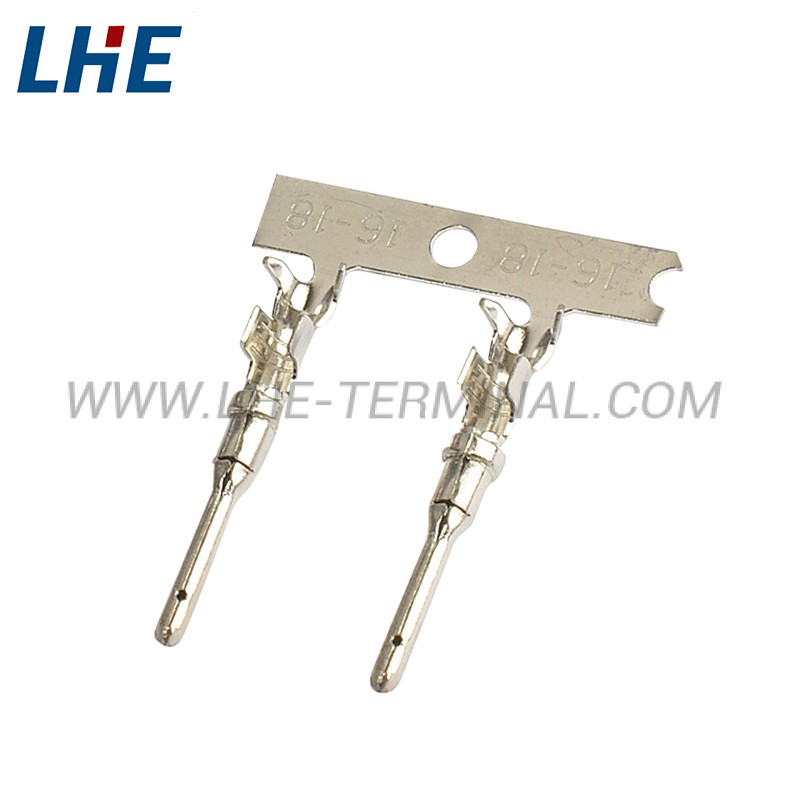When braking, step on the brake pedal, the control force from the pedal mechanism pushes the control valve push rod and the control valve plunger to move forward, after eliminating the gap between the plunger and the rubber reaction disc, continue to push the brake main Cylinder push rod, the brake fluid in the master cylinder flows into the brake wheel cylinder with a certain pressure, and this force is given by the brake pedal mechanism. At the same time, under the action of the valve spring, the vacuum valve also moves forward until it is pressed against the valve seat of the diaphragm seat, thereby isolating the channels A and B, that is, the front and rear chambers of the servo air chamber Then the air valve leaves the vacuum valve and opens, and the air is filled into the back cavity of the servo air chamber through the filter ring, the felt filter ring, the opening and the channel of the air valve. With the filling of air, a pressure difference occurs on both sides of the servo air chamber diaphragm to generate thrust, which pushes the brake master cylinder push rod forward through the diaphragm seat and rubber reaction disc 7, and this force is the pressure difference given. At this time, the force on the push rod of the master cylinder is the sum of the pedal force and the thrust of the reaction disc of the servo air chamber, so that the output pressure of the master cylinder is doubled.

















